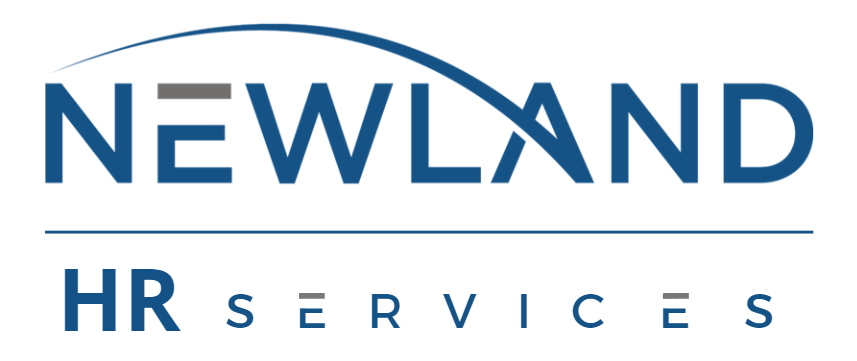In recent years, Puerto Rico’s business landscape has undergone a rapid evolution, propelled by technological innovations and changing workforce expectations. As remote and hybrid work arrangements become more prevalent, companies on the island are rethinking their HR strategies to attract, engage, and retain top talent. This shift isn’t just about adding digital tools—it’s about adopting a new mindset that places flexibility, well-being, and career growth at the forefront.
Below, we explore how local businesses are transforming their HR operations in the face of the digital revolution—and offer a four-point checklist to guide your journey.
The Driving Forces Behind Remote Work Adoption in Puerto Rico
Multiple factors have accelerated the adoption of remote work in Puerto Rico. First, the global pandemic served as a catalyst, forcing organizations to rapidly implement virtual collaboration tools. Second, businesses recognized that remote work isn’t just a short-term fix—it’s an ongoing strategy that can expand their talent pool beyond geographic boundaries. Finally, Puerto Rico’s unique cultural landscape—marked by a bilingual workforce, strong community values, and a growing focus on work-life balance—has positioned local employers to benefit from flexible work arrangements.
Yet, alongside these advantages come new challenges. For example, ensuring employees remain engaged and aligned with company culture can be more complex when teams are dispersed. Additionally, businesses must tackle technological and infrastructural considerations, particularly in areas where high-speed internet may be less accessible. A 2022 U.S. GAO report highlighted persistent gaps in broadband access across Puerto Rico, especially in rural regions—making infrastructure planning critical for long-term success.
Despite these hurdles, forward-thinking organizations view remote work as an opportunity to modernize their HR approaches while boosting employee retention.
Why Remote Work Is Key to Employee Retention
Retention is one of the biggest concerns for businesses, as high turnover rates carry both direct (recruitment, training) and indirect (lost productivity) costs. Offering remote or hybrid roles can significantly bolster retention by:
- Fostering Work-Life Balance: Flexible schedules help employees manage personal obligations, leading to increased satisfaction.
- Expanding Talent Pools: Hiring beyond one’s immediate geographic area broadens the range of skills and expertise available, reducing the time it takes to find the right person.
- Demonstrating Trust and Autonomy: Allowing employees to work from home or any remote location signals a level of trust that is often reciprocated with loyalty and higher productivity.
Gallup research supports this, noting that employees with flexibility in where they work report significantly higher engagement and lower burnout—two key predictors of long-term retention.
For Puerto Rico’s businesses, these benefits are especially compelling. The island’s pool of bilingual professionals, for instance, can connect with clients and partners in both English and Spanish. By supporting remote work, companies can tap into broader markets—both within the U.S. mainland and across Latin America—without forcing employees to relocate.
A 4-Point Checklist for HR Transformation
While the benefits are clear, the path to implementing a successful remote work strategy isn’t always straightforward. Here’s a four-point checklist to help organizations in Puerto Rico (and beyond) navigate this shift:
1. Conduct a Comprehensive Tech Audit
Before rolling out any remote policy, review your current technology infrastructure. Ask yourself:
- Do we have reliable software for video conferencing, project management, and real-time communication?
- Are employees equipped with secure, up-to-date devices and adequate internet connectivity?
- What cybersecurity protocols are in place to protect sensitive company data?
Fill any gaps identified in this audit to ensure that your remote teams have the tools and protections they need to be effective.
2. Redefine Performance Metrics and Goals
Traditional performance assessments often rely on office attendance or “face time.” In a remote setting, these metrics need to shift toward tangible outcomes. Work with team leaders to establish clear goals and KPIs (Key Performance Indicators). For example:
- Output Quality: Evaluate the quality of deliverables rather than how many hours someone is online.
- Timeliness: Track whether deadlines are met—not when employees log on or off.
- Collaboration Measures: Consider peer feedback to assess how well employees engage in team projects or cross-functional initiatives.
By focusing on productivity and results, organizations can better recognize high performers and identify those who may need additional support.
3. Foster a Remote-Friendly Culture
Maintaining a cohesive company culture in a dispersed environment requires intentional effort. Consider:
- Frequent Touchpoints: Schedule regular team check-ins and 1:1 meetings to address concerns and keep morale high.
- Cultural Rituals: Host virtual coffee breaks, team-building activities, or even volunteer initiatives that help employees feel connected to a shared purpose.
- Ongoing Feedback: Encourage employees to voice feedback about remote work structures, and be proactive in addressing issues—whether related to communication or workload.
Cultural nuances—like valuing personal relationships—make it especially important to maintain human connection through consistent and empathetic communication.
4. Invest in Professional Development
A strong learning culture contributes to retention by demonstrating that the company is committed to employee growth. Remote work often affords greater flexibility for attending online workshops, webinars, or virtual conferences. Offer:
- Mentorship Programs: Pair seasoned professionals with newer hires to encourage skill and cultural knowledge sharing.
- Online Learning Platforms: Provide access to e-learning courses that employees can take at their own pace.
- Skill-Based Certifications: Sponsor relevant certifications that empower employees to advance within the organization.
Highlight these opportunities during the recruitment process as well—candidates are more likely to join and stay with an employer that invests in their career development.
The Road Ahead
As businesses embrace the digital shift, the transformation of HR becomes not just a response to market pressures, but a strategic advantage. By leveraging remote capabilities, organizations can boost employee retention, lower operational costs, and tap into broader talent pools—all while preserving the culturally rich dynamics that make Puerto Rican workplaces unique.
The key is to approach the transition with intention. Conduct a thorough technology audit, redefine performance metrics, actively maintain company culture, and continually invest in professional development. In doing so, you’ll position your organization at the forefront of innovation—ready to attract and keep the best and brightest, no matter where they are located.








